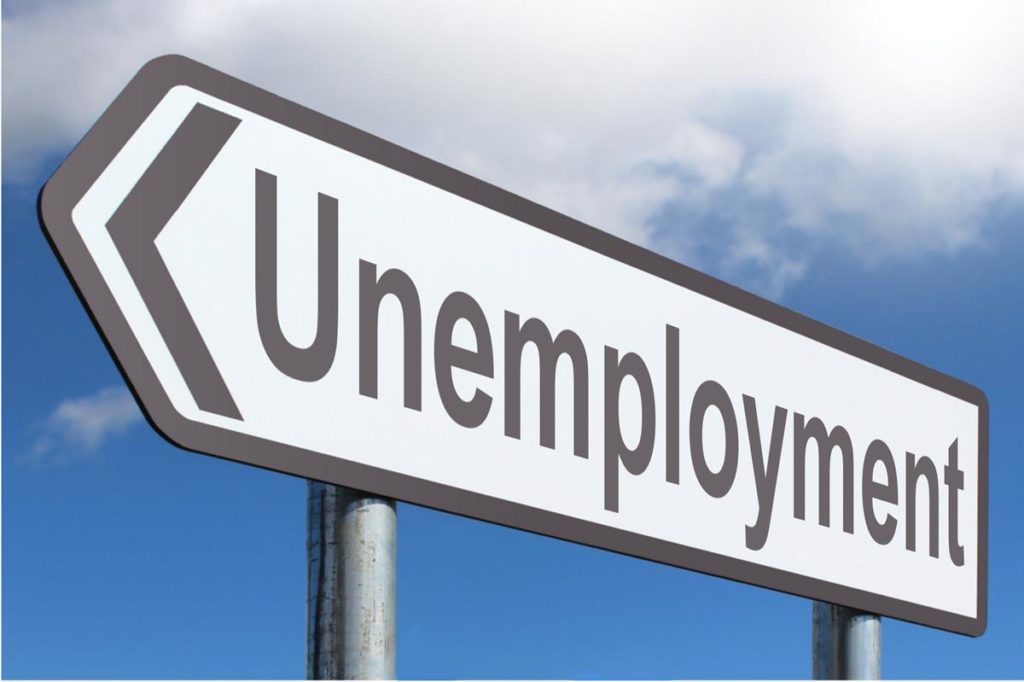New Delhi: Unemployment rate rose to 13.3 per cent in July-September 2020 when the Covid-19 first wave was at its peak. This figure was quite high in comparison to the 8.4 per cent in the year-ago period. The data is according to a periodic labour force survey by the National Statistical Office (NSO). Joblessness or unemployment rate (UR) is defined as the percentage of unemployed persons in the labour force. The UR was 20.9 per cent in April-June 2020, the eighth Periodic Labour Force Survey (PLFS) showed.
As per the survey, labour force participation rate for all ages was 37 per cent in September quarter 2020, up from 36.8 per cent in the same period a year ago. It was 35.9 per cent in April-June 2020.
Labour force refers to the part of the population which supplies or offers to supply labour for pursuing economic activities for the production of goods and services and therefore, includes both ‘employed’ and ‘unemployed’ persons.
NSO launched PLFS in April 2017. On the basis of PLFS, a quarterly bulletin is brought out giving estimates of labour force indicators namely UR, Worker Population Ratio (WPR), Labour Force Participation Rate (LFPR), distribution of workers by broad status in employment and industry of work in Current Weekly Status (CWS).
The estimates of unemployed persons in CWS give an average picture of unemployment in a short period of seven days during the survey period.
In the CWS approach, a person is considered unemployed if he/she did not work even for one hour on any day during the week but sought or was available for work at least for one hour on any day during the period.
Labour force according to CWS is the number of persons either employed or unemployed on an average in a week preceding the date of survey. LFPR is defined as the percentage of population in the labour force.
WPR stood at 32.1 per cent in July-September 2020, down from 33.7 per cent in the same period a year ago. It was 28.4 per cent in April-June 2020.
